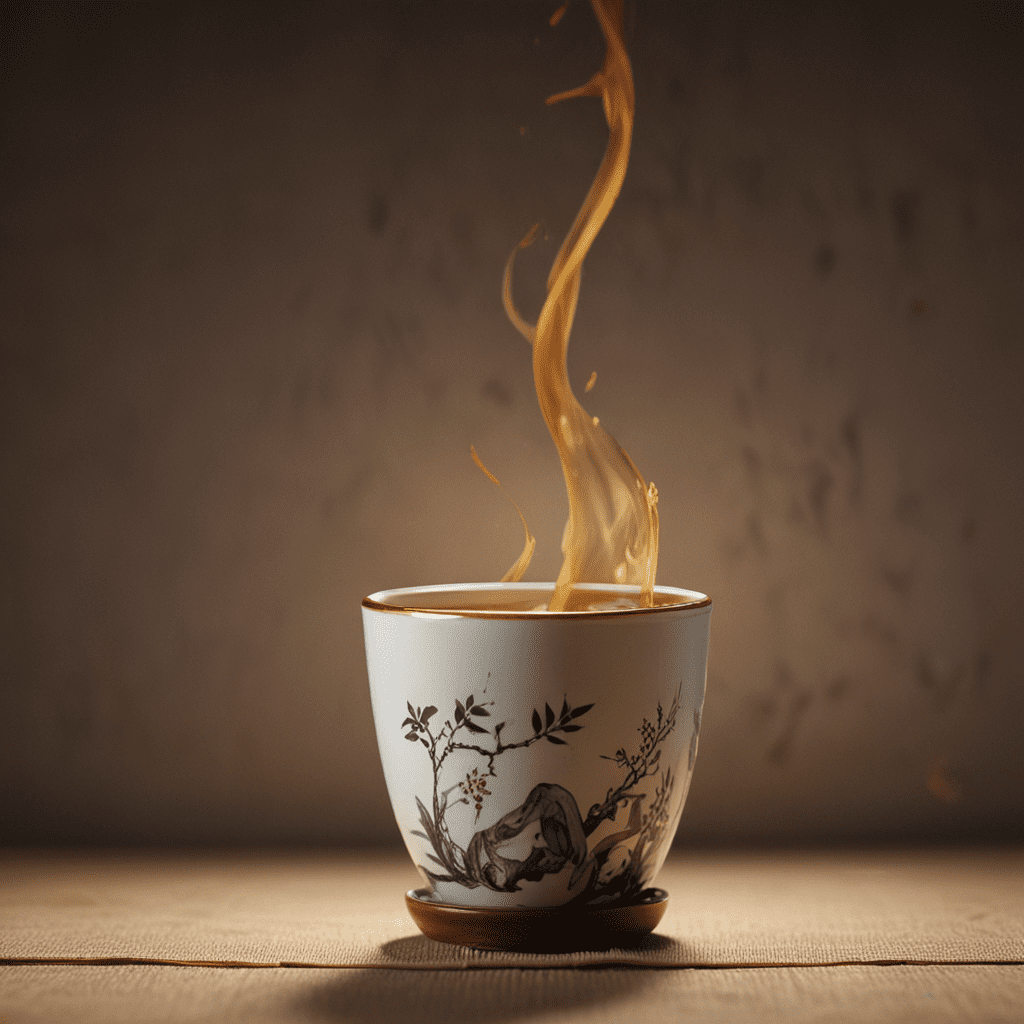The Influence of Colonial Architecture on Indian Tea Estates
1. Introduction
Nestled amidst the rolling hills of Darjeeling, Assam, and Nilgiris, Indian tea estates stand as a testament to the intertwined history of colonialism and tea cultivation. From the mid-1800s, British planters transformed vast tracts of land into flourishing tea gardens, leaving an indelible mark on both the landscape and the architectural styles that grace these estates.
This article delves into the fascinating influence of colonial architecture on Indian tea estates, exploring the diverse styles introduced by the British, their adaptations to the unique climate and terrain, and the reflection of social hierarchies within these architectural designs.
2. Colonial Architectural Styles in Tea Estates
The arrival of the British in India brought with them a distinct architectural repertoire, which they adapted to the specific needs of tea cultivation. Bungalows emerged as the quintessential dwelling for managers and planters, characterized by their single-story construction, spacious verandahs, and pitched roofs. These verandahs served not only as a practical measure for ventilation in the hot and humid climate but also provided breathtaking views of the surrounding tea gardens.
Beyond the bungalows, colonial architecture manifested in various forms across the tea estates. Planters' Clubs served as social hubs for recreation and entertainment, offering billiards, tennis courts, and grand dining halls. Factory buildings, often constructed with exposed brick and iron, housed the machinery for processing tea leaves. Warehouses, with their sturdy walls and high ceilings, provided ample storage space for the processed tea.
However, amidst these grand structures, a stark contrast existed in the Coolie Lines, the housing provided for Indian laborers. Often simple and overcrowded, these lines stood as a reminder of the social hierarchy that permeated colonial society.
3. Architectural Adaptations to Climate and Terrain
The architectural styles introduced by the British were not simply transplanted onto Indian soil. Instead, they underwent subtle adaptations to suit the specific climatic and topographical conditions of the tea estates. In the cooler hill stations of Darjeeling, for instance, the bungalows were designed with larger verandahs and airy interiors to maximize ventilation.
The undulating terrain of the tea gardens also necessitated architectural adjustments. Terraced structures and winding pathways were constructed to navigate the slopes, ensuring efficient movement across the estate. Moreover, buildings were designed to withstand the heavy rainfall and humidity of the monsoon season, often featuring sloping roofs and sturdy foundations.
4. The Influence of Local Craftsmanship
While the British introduced their architectural styles, they did not operate in a vacuum. The influence of local Indian craftsmanship left its mark on the tea estates. Traditional materials such as brick, wood, and local stone were often incorporated into the designs, adding a touch of regional character. Ornamental details inspired by Indian motifs and decorative elements further enriched the architectural landscape.
This fusion of British and Indian influences resulted in hybrid styles, unique to the tea estates of India. Bungalows, for instance, might incorporate intricate wooden carvings or vibrant painted details, reflecting the local artistic traditions.
5. Social Hierarchy and Architectural Design
The social hierarchy of the colonial era was deeply embedded in the architectural design of the tea estates. The grand bungalows, with their sprawling gardens and luxurious interiors, served as a visible symbol of the power and privilege enjoyed by the British managers and planters. In stark contrast, the Coolie Lines, with their cramped quarters and limited amenities, reflected the marginalized status of Indian laborers.
The segregation of spaces further reinforced the social divisions. European and Indian communities often lived in separate areas, with limited interaction between them. This spatial separation underscored the power dynamics that shaped life on the tea estates.
6. The Legacy of Colonial Architecture
The architectural legacy of the British Raj continues to shape the identity of Indian tea estates today. While many bungalows have been converted into heritage hotels or guesthouses, others stand as reminders of a bygone era. Planters' Clubs remain vibrant social centers, hosting cultural events and community gatherings. Even the Coolie Lines, though often replaced with more modern housing, serve as a stark reminder of the social inequalities that prevailed during colonial times.
7. The Impact on Tea Culture
The influence of colonial architecture extends beyond aesthetics and functionality, shaping the very culture of tea in India. The grand bungalows, with their afternoon tea rituals and sprawling gardens, fostered an appreciation for leisure and refinement among the British elite. This culture of tea consumption gradually permeated Indian society, leading to the widespread adoption of tea as a national beverage.
8. Tourism and Heritage Preservation
The architectural heritage of Indian tea estates has emerged as a significant draw for tourists, offering a glimpse into a unique blend of colonial history and natural beauty. Heritage tourism initiatives have played a crucial role in preserving these architectural gems, restoring old bungalows and converting them into museums, tea cafes, and boutique hotels.
9. Contemporary Architectural Influences
While colonial architecture continues to hold its charm, contemporary design trends are also finding their way onto Indian tea estates. Eco-friendly architecture incorporating sustainable materials and energy-efficient technologies is gaining prominence. Modern bungalows and planters' clubs blend seamlessly with the surrounding landscape, offering a luxurious yet environmentally conscious experience.
10. Conclusion
The influence of colonial architecture on Indian tea estates is a fascinating testament to the intersection of history, culture, and design. From the grand bungalows to the modest Coolie Lines, each structure tells a story of a bygone era, while also shaping the present-day identity of these estates. As tea continues to be an integral part of Indian culture, the architectural legacy of the colonial period serves as a reminder of the complex social and economic forces that have shaped its journey.
FAQ
Q: What are some of the most notable tea estates in India with colonial architecture?
A: Darjeeling: Glenburn Tea Estate, Happy Valley Tea Estate, Makaibari Tea Estate
Assam: Jorhat Tea Estate, Cinnamara Tea Estate, Doom Dooma Tea Estate
Nilgiris: Highfield Tea Estate, Kairbetta Tea Estate, Korakundah Tea Estate
Q: Can I visit tea estates in India and see the colonial architecture?
A: Yes, many tea estates offer tours and accommodation options. You can contact the estates directly or book through travel agencies specializing in tea tourism.
Q: What are some of the challenges faced in preserving colonial architecture on tea estates?
A: Maintaining aging structures, balancing heritage preservation with modern development needs, and ensuring the economic viability of tea estates are some of the key challenges.



